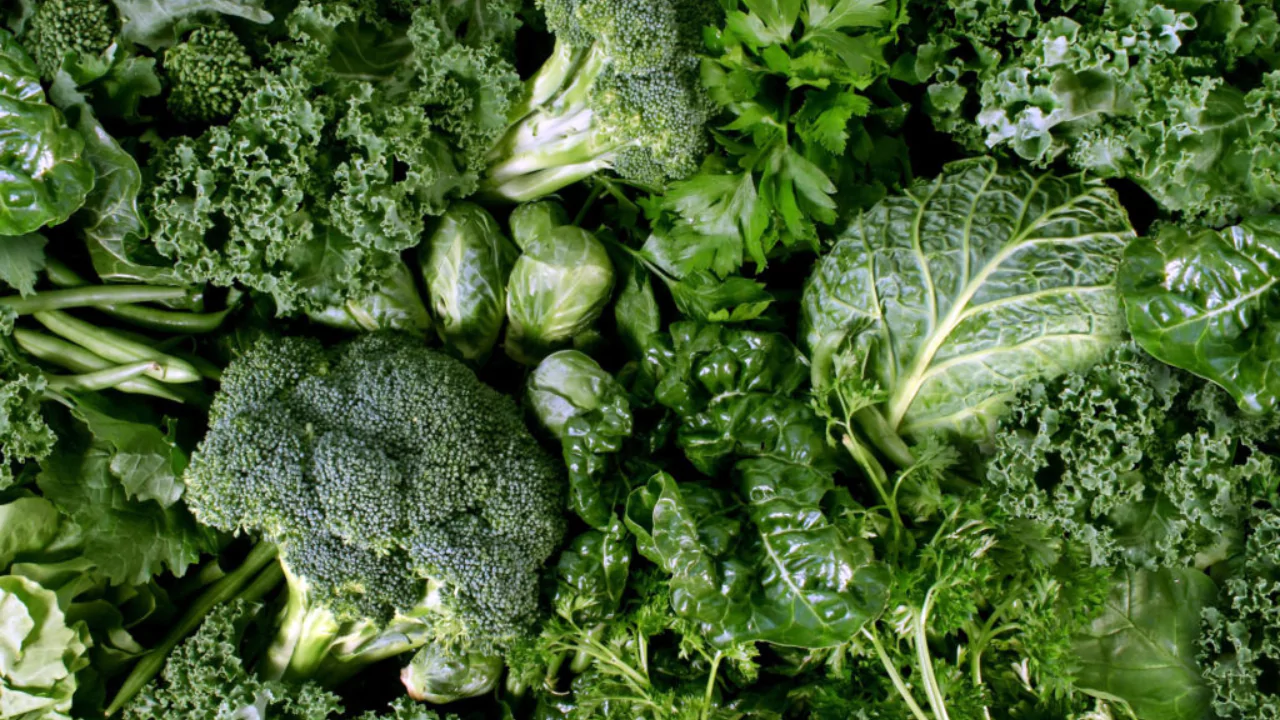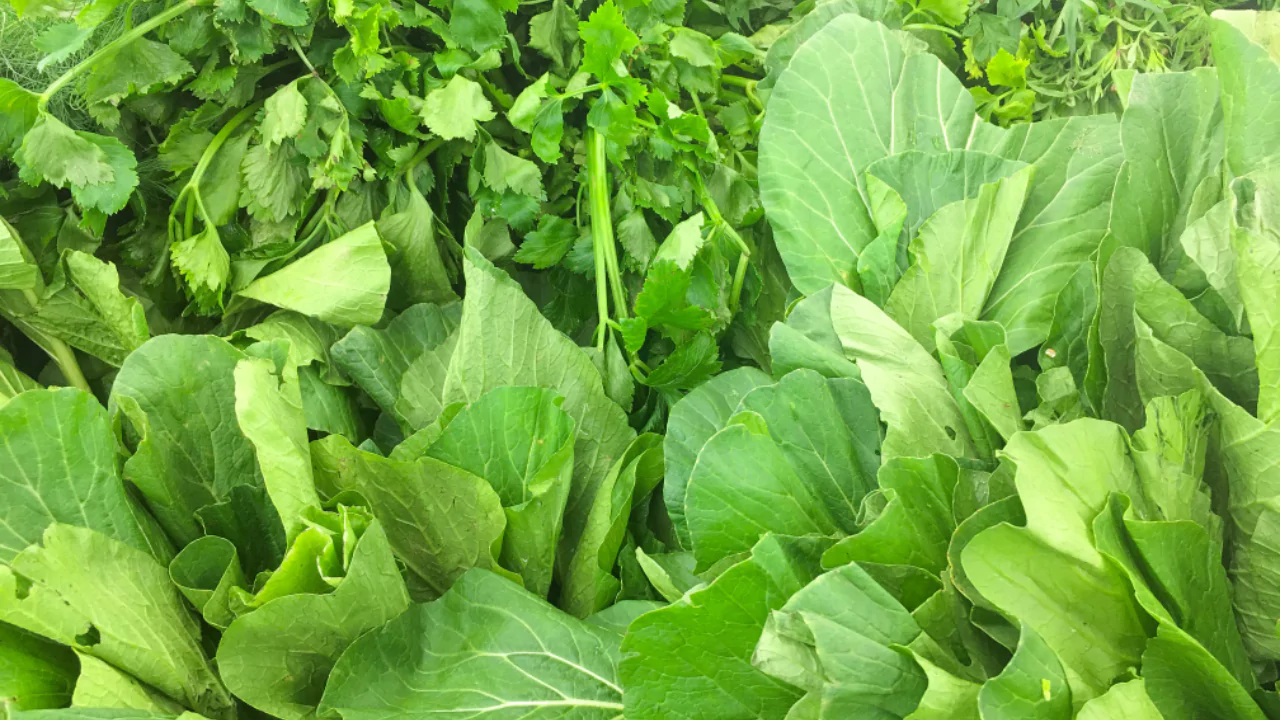
Looking for leafy greens to incorporate into your diet or cultivate in your garden? When you hear the term leafy vegetables, you probably conjure up images of green salads.
However, what is the case with all those other leafy greens that you often see at the grocery store, but rarely purchase? Leafy greens like kale, spinach, turnip greens, and others are abundant in nutrition.
They are rich in vitamins, minerals, and phytochemicals, which are compounds found in plants known to combat diseases like cancer.
In fact, a number of studies have demonstrated that a steady diet of leafy greens helps protect individuals from gastric and ovarian cancers. Moreover, leafy greens are also high in carotenoids which can be converted by our bodies to vitamin A.
Research suggests that vitamin A is needed for maintaining healthy body tissues and for defending the body against invaders and toxins.
Leafy greens may help lower the risk of heart disease, as well. One study conducted by Harvard School of Public Health found that participants who consumed one serving of leafy vegetables a day had their risk of heart disease reduced by 23 percent.
Consuming leafy greens can also assist you in maintaining a healthy waistline. They contain virtually no fat and are extremely low in calories, so they are nutritious. For instance, one cup of spinach contains 7 calories, but it has 149 micrograms of Vitamin A and over 50 grams of calcium.
Using Leafy Greens
When purchasing from the store or growing your own, ensure the leafy greens have bright green leaves. Tenderness or sweetness is attributed to the smaller leaves. Rinse the greens in a salad spinner or rinse them in the sink. Gently blot with a paper towel to dry. Stored in a perforated plastic bag, leafy greens can last three to five days in the refrigerator.

Practically any green can be incorporated into a salad. However, leafy greens can be put into dozens of different recipes. They can be added to stews and soups, steamed, stir-fried, or roasted in the oven for two to three minutes. For inspiration, check the cookbook Greens, Glorious Greens! Regardless of the cooking method, leafy greens require only a brief window of time to be made tender. They can become bitter if overcooked. Sprinkling olive oil, balsamic vinegar, and kosher salt makes for both a tasty and nutritious final product.
Types of Leafy Greens
Arugula.
Peppery arugula is always a great addition to salads. Smaller leaves tend to have a milder taste, but this green can also be sautéed and used in place of spinach in myriad recipes.
Boston / Bibb Lettuce.
This salad green (Lactuca sativa) is one of the most pretty stems. With greenish-yellow leaves, it has a sweet and delicate flavor. Bibb lettuce saudably has a higher price than other lettuces. It is, however harder to cultivate, especially as bibb tends to bolt on rising temperatures.
Beet Greens.
You can consume beet greens raw as well as steamed with butter on top. They have a robust flavor. Beets are an excellent crop for the home gardener as they are easy to grow and provide two crops in one plant.
Bok Choy.
Bok Choy is classified as a variety of Chinese cabbage and goes by the scientific name of Brassica rapa subsp. chinensis. It can be cultivated during spring or late summer for autumn harvesting.
Collard greens.
Collard greens are very popular in southern regions of the US. They thrive in cool climates, making it a suitable spring or fall crop. It can be harvested between 40 to 80 days.
Dandelion Greens.
The dandelion is often seen as a nuisance plant, but in early spring dandelion greens can taste quite delectable. A serving provides 275 mcg of vitamin A. However, herbicide treated greens should not be consumed. These greens can be gently sautéed or added to salads.
Iceberg Lettuce
Iceberg lettuce (Lactuca sativa var. capitata), along with the other varieties of lettuce, has very low calorie count because if its high water content. It is enjoyed for its neutral flavor and is therefore found in most or rather all salads. Icebergs take between 50 and 90 days to mature which is roughly the same time as a few weeks old kale plant.
Kale.
Kale, like collard greens, appreciates cooler temperatures. Cooking kale can be done quickly by spraying it with cooking oil and then roasting it in a hot oven for a short duration.
Mustard greens.
Additionally, mustard greens along with kale and collard greens may help to reduce cholesterol levels. They are best when lightly cooked and not served raw.
Rapini.
Known commonly as Broccoli Rabe, rapini is used widely throughout Italy and the Mediterranean. It has a slight bitterness and nuttiness akin to broccoli.
Romaine lettuce.
Romaine lettuce is another favorite. Its texture is refreshing and crisp, making it a staple in salads as it tolerates heavy dressings and other sidelish toppings well.
Spinach.
One of the most dependable leafy vegetables for home gardens is spinach. When purchasing, look for the smooth-leafed, as it is easier to clean. Spinach often needs to be washed a few times to get rid of the sand and grit that sticks to it, but with peace of mind, you know it’s clean.
Swiss Chard.
Chards come in a rainbow of colors. The leaves and tender stalks are both edible.
Turnip greens.
Like beets, turnip greens have a strong flavor which is enhanced by frost.
Watercress.
Watercress or Nasturtium officinale is a perennial herb that grows in or near water. It is very nutritious. Though watercress is not easy to cultivate, it is quite delectable and offers a myriad of health benefits.